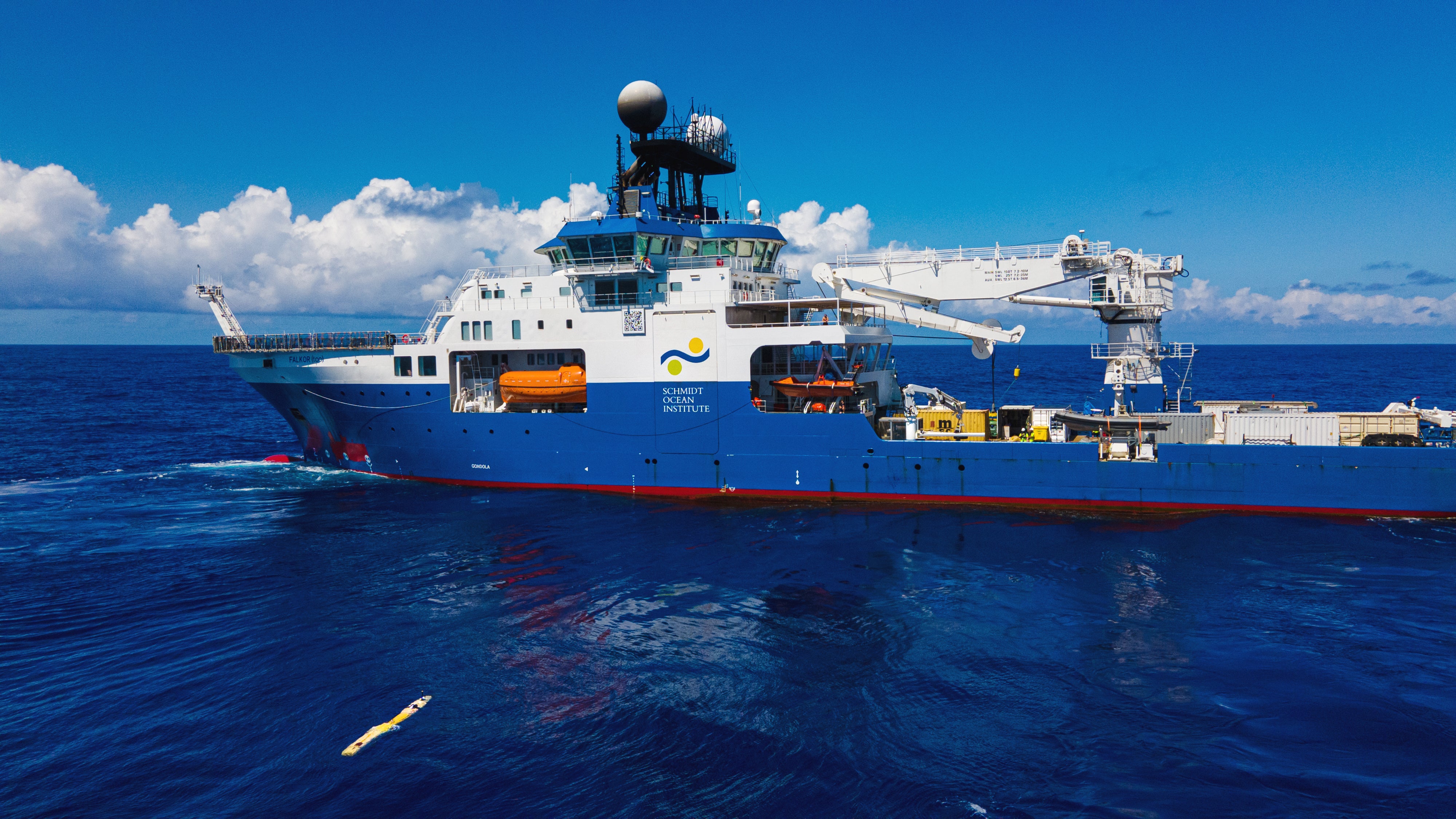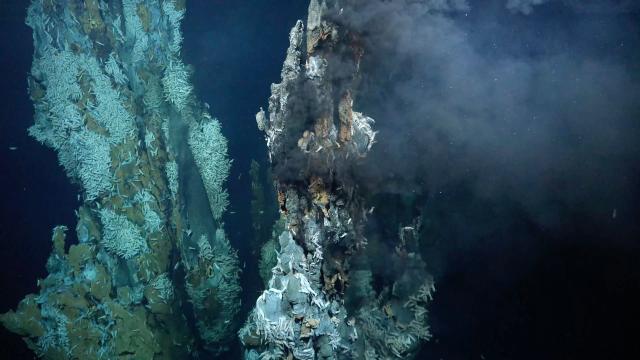A multidisciplinary team of scientists say they have discovered three new hydrothermal vents on the ocean floor along an underwater mountain range — the first of these kinds of vents discovered in decades.
Hydrothermal vents are some of the weirdest places under the sea. The vents are created when hot magma rises from between tectonic plates, then cools and creates new seafloor. The water around the magma heats up and pulls minerals from the rock, creating boiling spurts of mineral-rich water. Incredibly, despite the temperature of the water around these vents reaching an average of 700 degrees Fahrenheit (371 degrees Celsius), they’re teeming with all sorts of bizarre life. The first hydrothermal vents were only discovered in the 1970s, so scientists are still learning a lot about them.
The expedition was coordinated by the Schmidt Ocean Institute, a nonprofit that works on ocean science projects, and took place on its new research vessel, the Falkor(too). The expedition along the Mid-Atlantic Ridge, a huge underwater mountain range, relied on underwater robots to map out an area of the ocean floor roughly the size of Manhattan.
Only about one-fifth of the ocean floor has been mapped, so expeditions like this one are incredibly valuable to learning more about what lies beneath the sea. And the world is increasingly interested in what is going on down there. Since vents like the one the Falkor(too) mapped out are so rich in minerals, they’re key target areas for potential deep-sea mining — a solution that has been increasingly floated by various world governments to meet projected increasing demand for clean energy-related minerals. But our limited understanding of hydrothermal vents means that mining could be devastating to the incredible biodiversity they contain.
“The ocean, the atmosphere, and the land are completely connected in ways people really need to understand,” Wendy Schmidt, one of the Institute’s founders, said on the Today show on Thursday. “This challenges all of us to think of what life on Earth really is and what we need to protect.”
Thousands of Metres Underwater
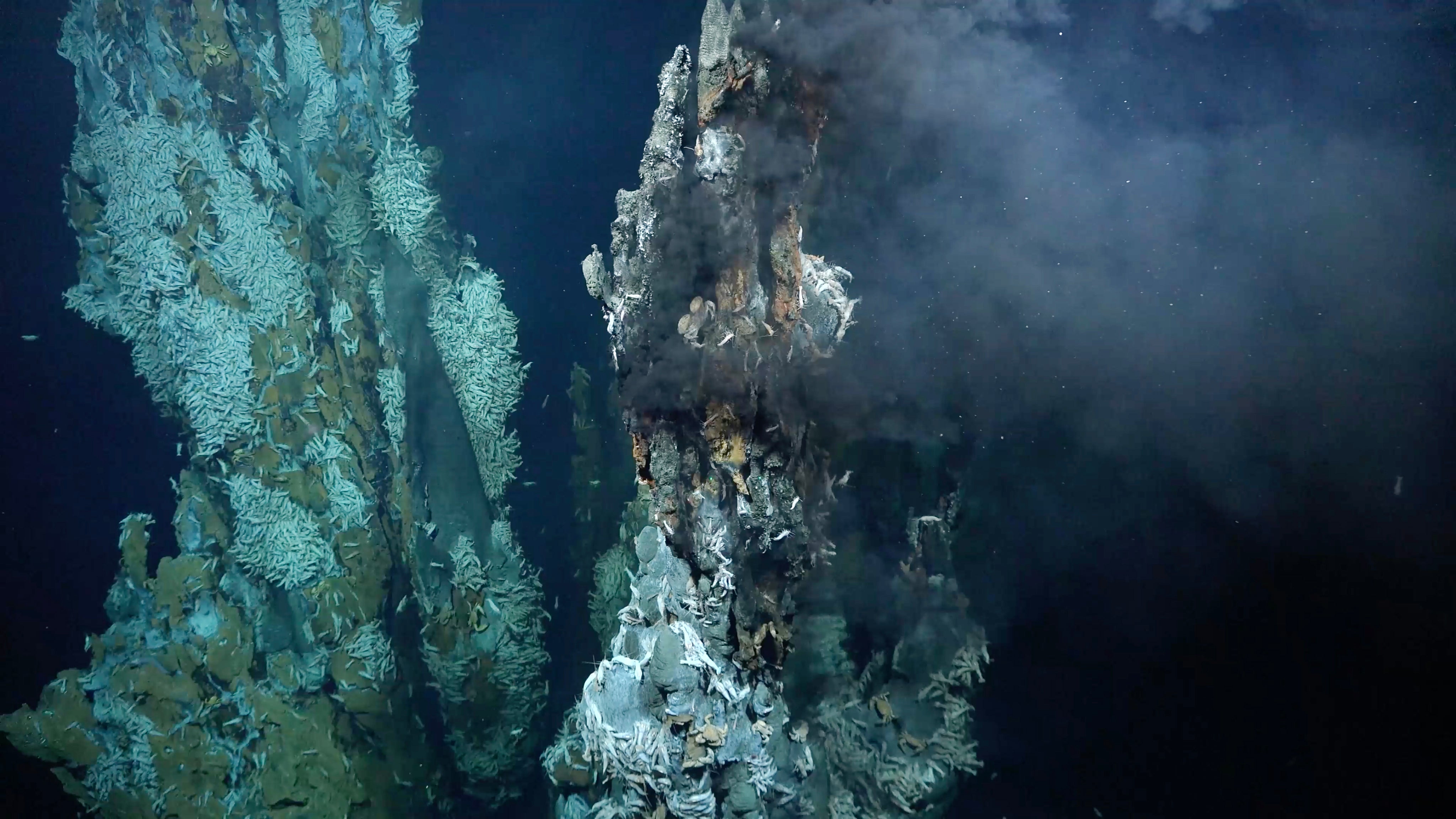
Shrimp Swarm
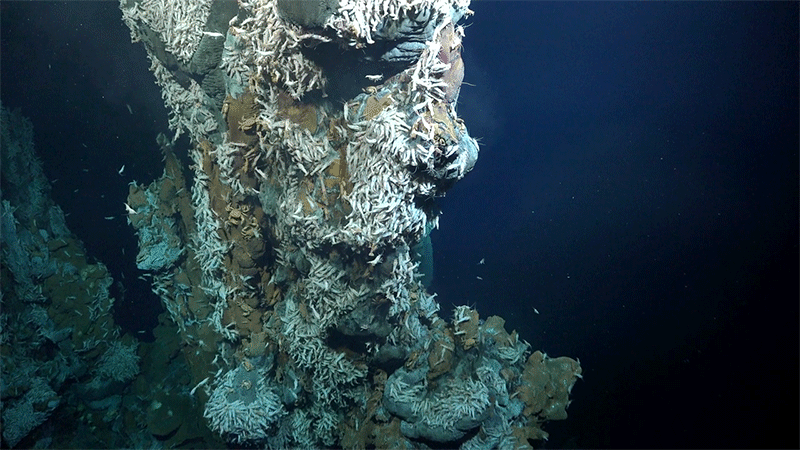
Teeming With Life
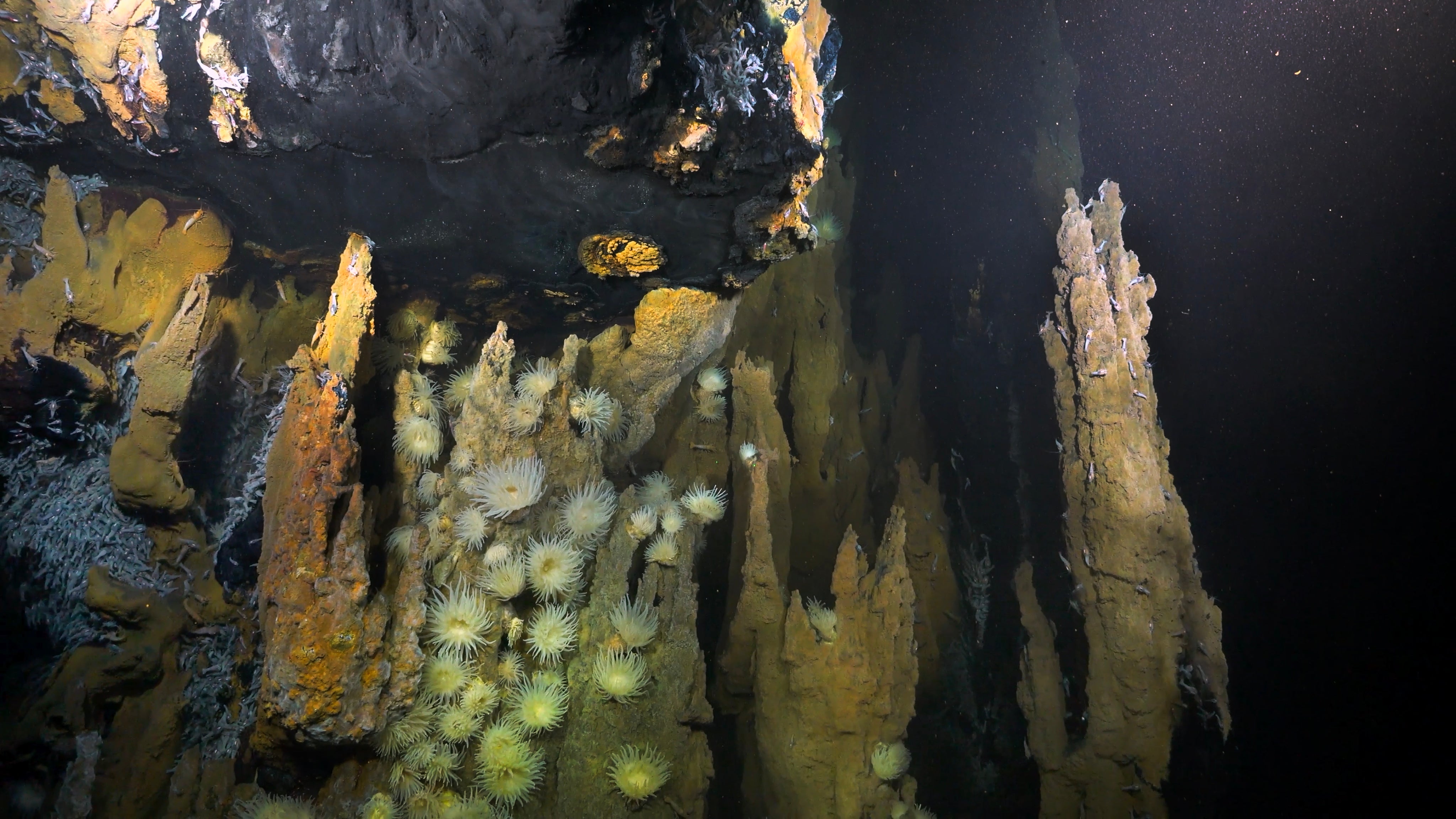
Rare Squid Sighting
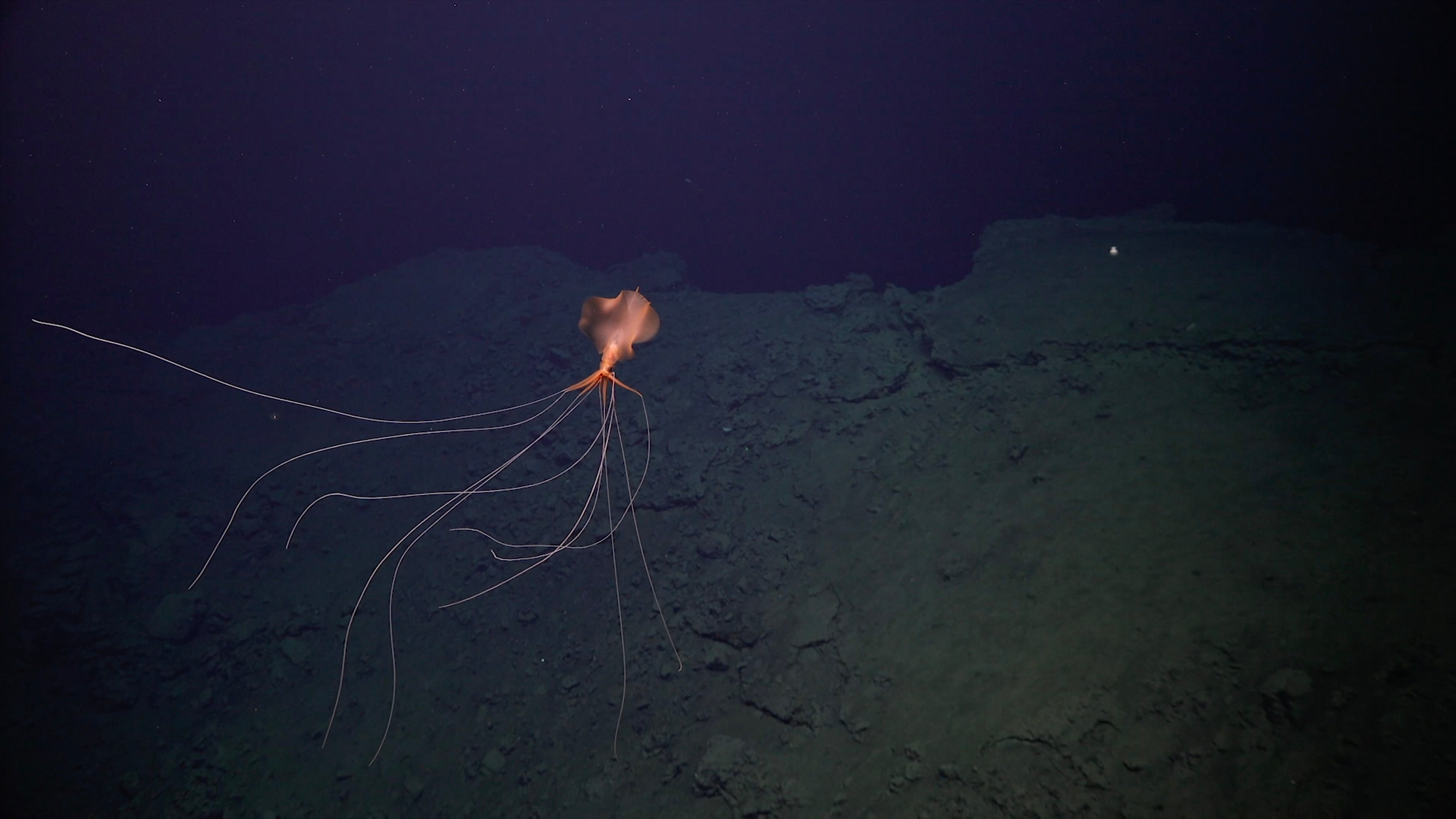
Fewer Than Two Dozen Seen
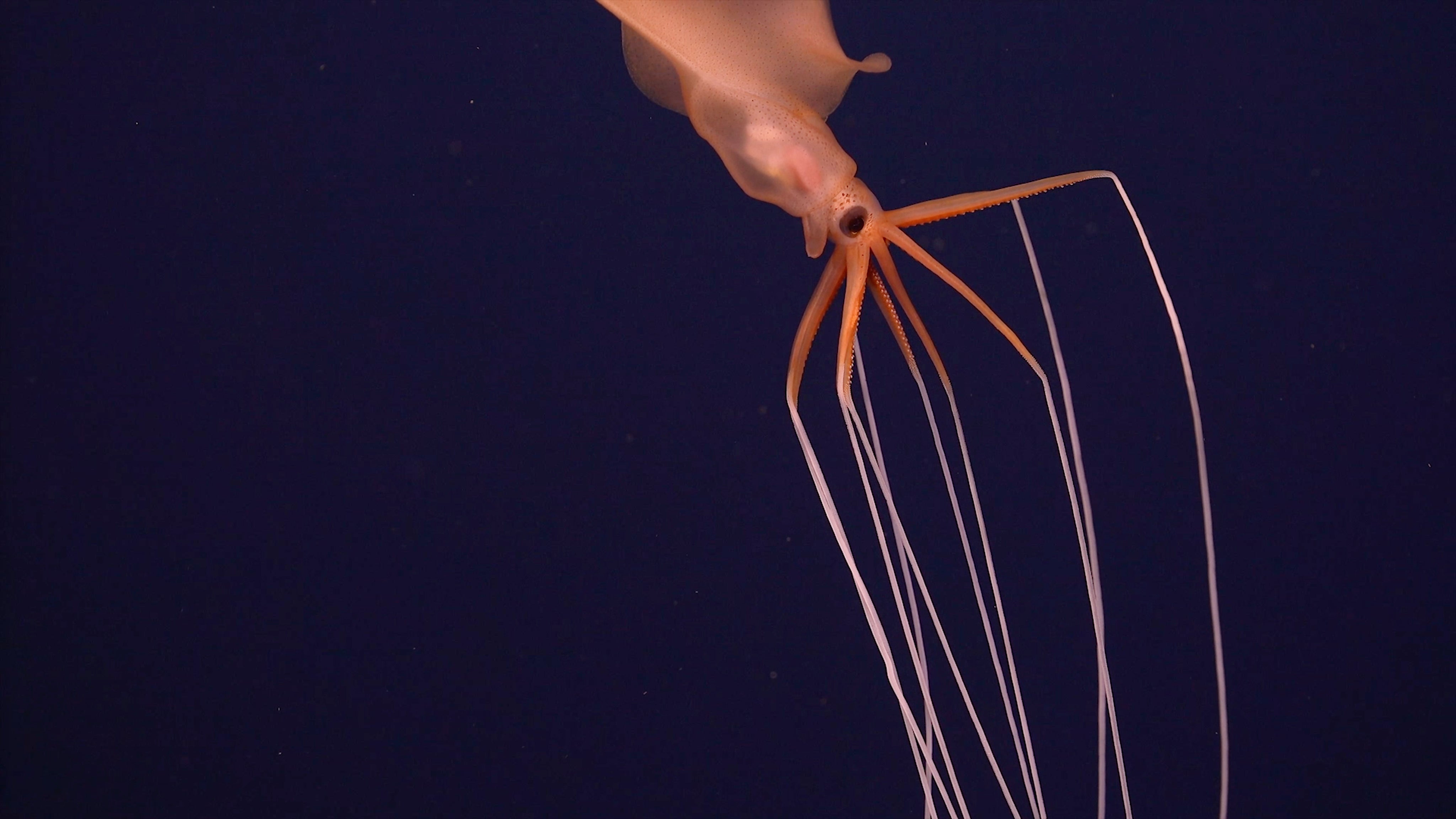
Critters Love Nutrient-Dense Water
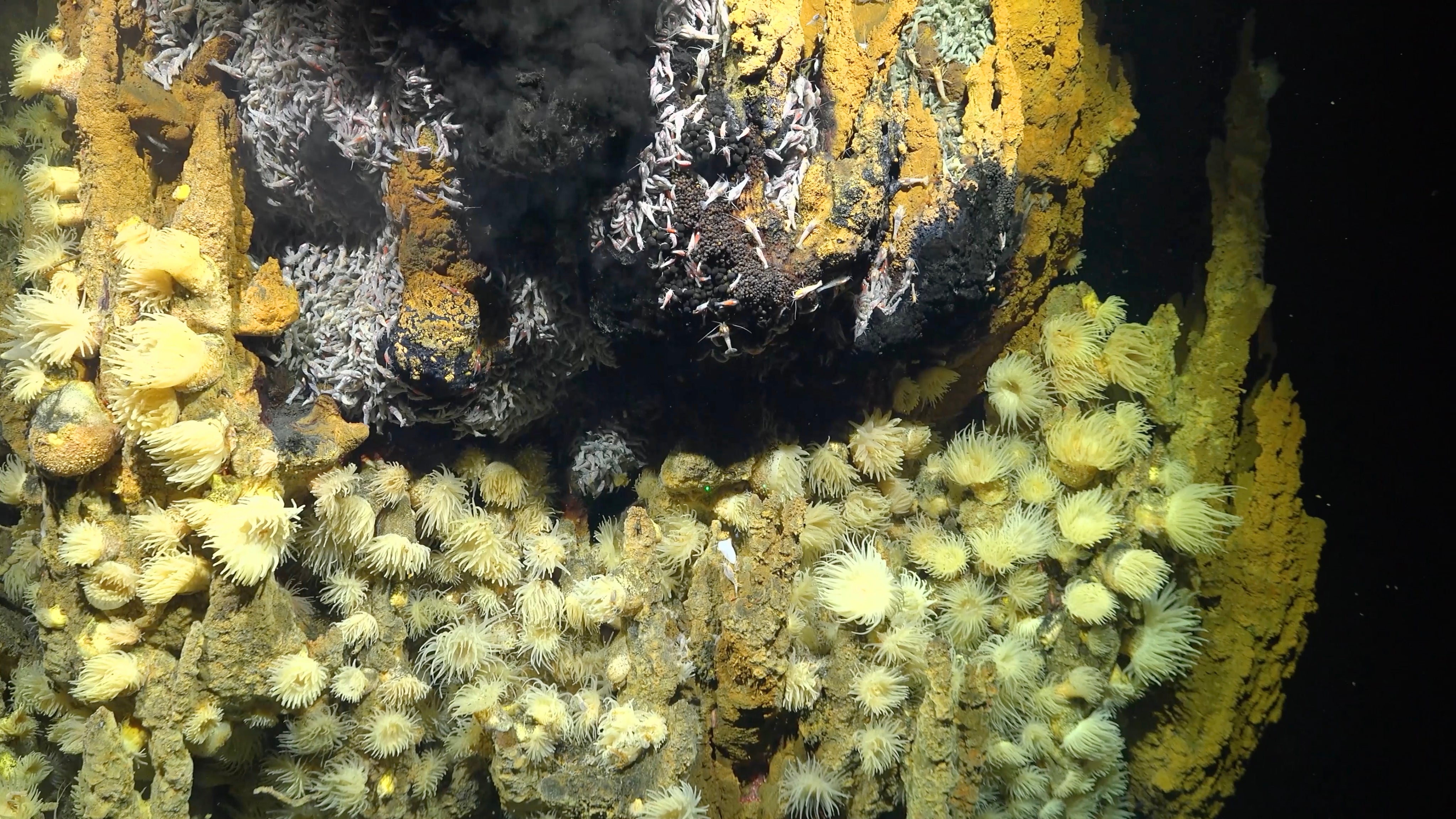
Chimneys 19.81 m High
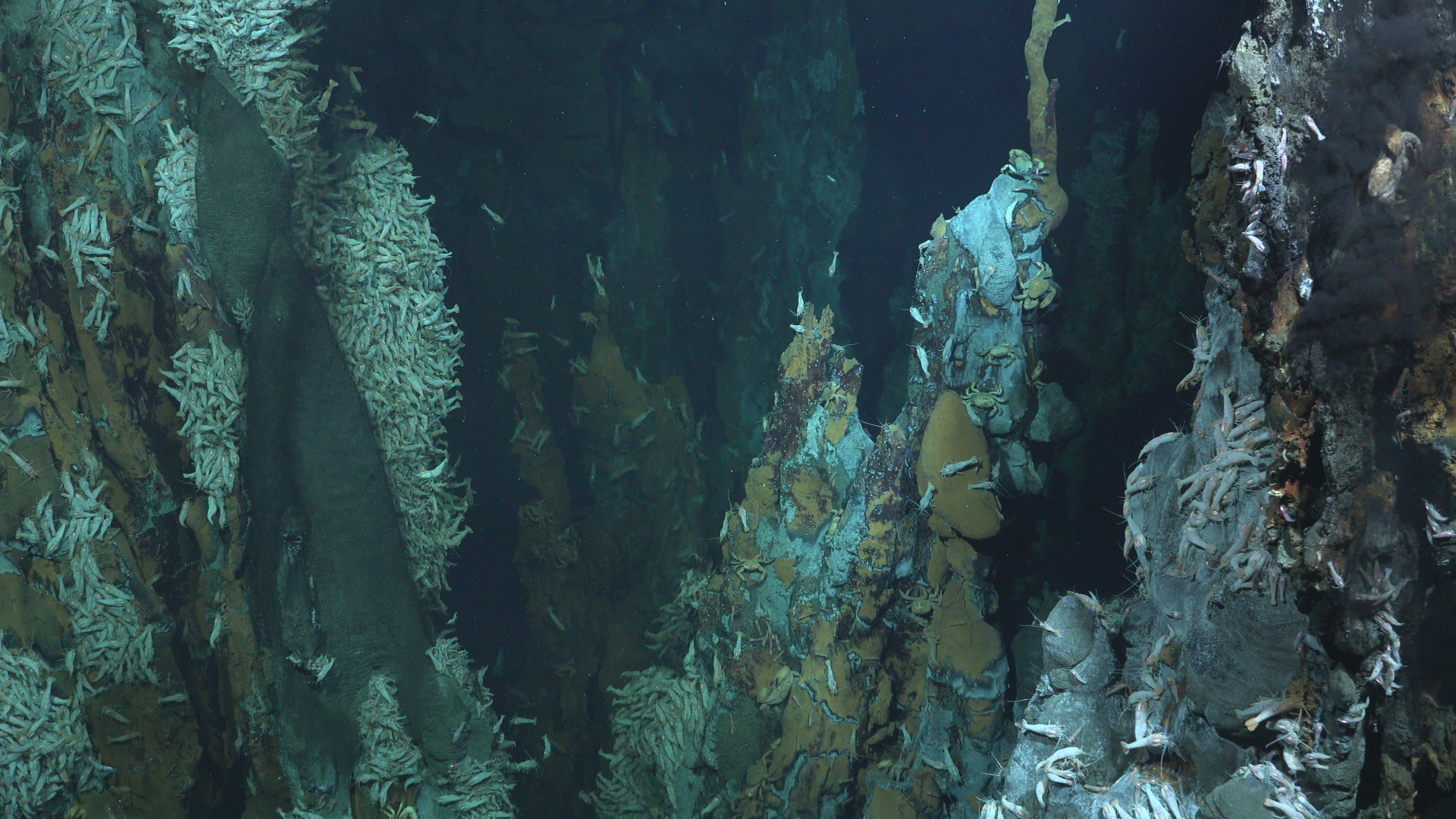
Black “Smoke” (It’s Water)
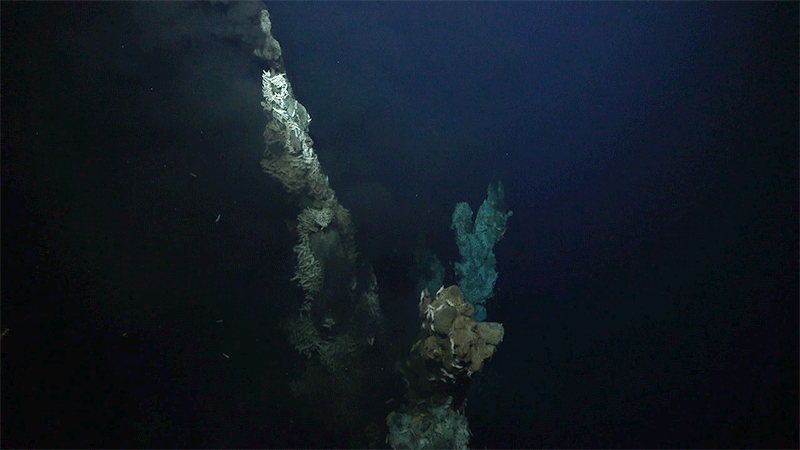
Robots Explore the Ocean
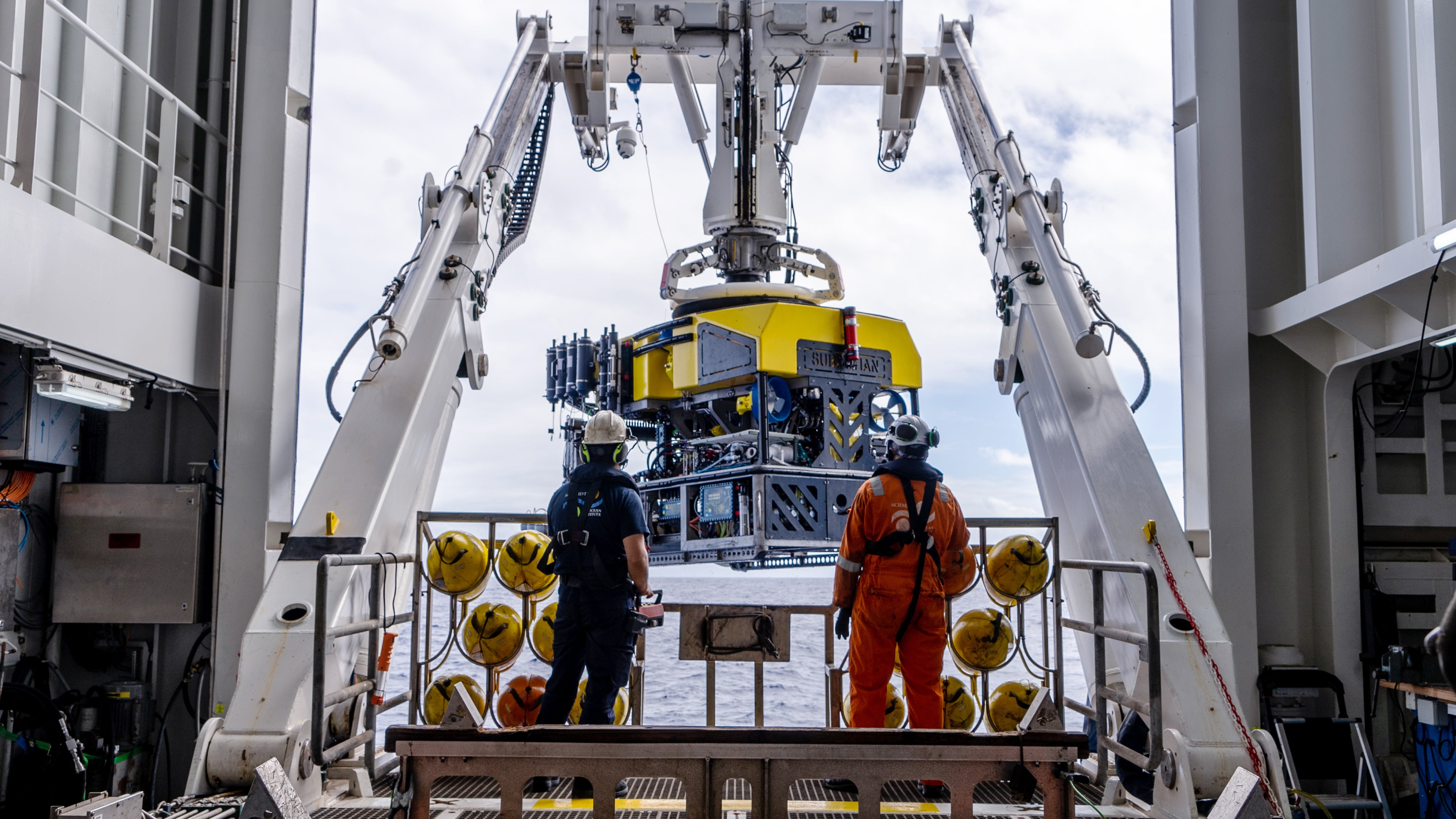
Scientists On Boat

A Successful Expedition
